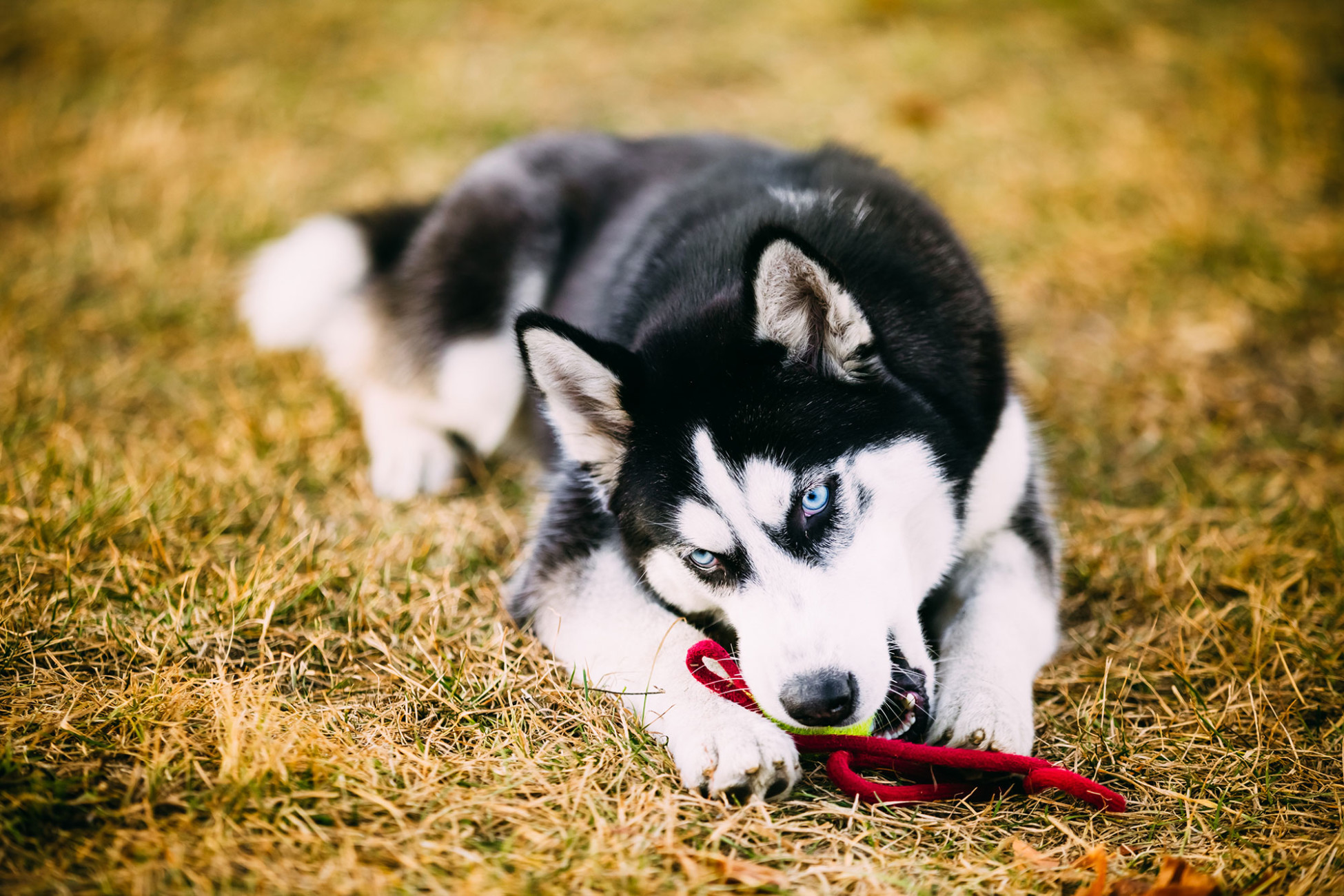
General Members
Public Members
Public Members
Active an hour ago
This group is dedicated to members who want to interact with other members and talk about their... View more
Public Members
Sit – Stay – Relax Lesson Discussion
-
Sit – Stay – Relax Lesson Discussion
Posted by Alin on February 4, 2021 at 5:50 AMLet’s chat about this weeks lesson (Feb 4th, 2021)
Link to the lesson – https://robertcabral.com/courses/sit-stay-relax/
Gene replied 2 years, 8 months ago 11 Members · 18 Replies -
18 Replies
-
-
I tried this with her this morning and saw a change in sit behaviour very quickly. I look forward to building up how long she’ll do it for (currently 16weeks old)
-
Could I practice this exercise but with a prong collar instead of the martingale?
-
Hi There
Have watched a few of Roberts STAY videos, and haven’t heard him use the actual command ‘STAY’
Does he suggest making the dog ‘sit’ and break for the stay, as opposed to actually using a STAY command?
Thanks
Adam
-
Adam,
Yes, Robert uses the approach that the Stay is implied in the Sit (or Down or Stand or any static command). He does not use a separate Stay command.
-
-
I just finished watching the Sit, Stay, Relax video and I am wondering how I can keep my pup (8 month Labrador) from chewing and playing with the leash when I apply a gentle pull? Also, I have a prong collar, is that ok to use?
-
like the video, newbie here, got a question:
I lured my puppy into sit, then marked it with ‘yes’ or a click before treat, now he knows the command ‘sit’, I will not say ‘yes’ until I want to release him, is this correct? do i have to change ‘yes’ to ‘ok’ or ‘free’?
Is this the general rule that you use word ‘yes’ immediately when puppy did something you are expecting during learning, and once he learned you will not say ‘yes’ any more if he did as commanded and just say ‘yes’ to release him from that command? thanks
-
Correct. Yes is a reward word and a release word all combined. Free or break are just release words. Young pups will not have the ability to hold a position. So you kind of release them immediately. His butt hits the ground and we go “yes” + treat. Fun fun fun
-
Correct. Yes is a reward word and a release word all combined. Free or break are just release words. Young pups will not have the ability to hold a position. So you kind of release them immediately. His butt hits the ground and we go “yes” + treat. Fun fun fun
BTW, you use “yes” for the entire life of the dog. You just hold off and introduce the “good” bridge word (keep doing what you are doing) and then “Yes” at the end to reward + release.
-
Thanks, so the bridge word ‘good’ before ‘yes’, I have not yet introduced the ‘free’ into my puppy, watching Robert’s sit/stay/relax video and puppy series with Max, looks like ‘yes’ as release/reward is enough?
-
-
Not quite a sequence, but more like language… “yes” is “you did a good job congrats”, “good” is “that is great keep doing what you are doing”, “free” or “break” is “hey bubba, you are free to do whatever you want”. So you kind of use them as it makes sense. When you say “you did a good job congrats” it is implied that the job is over. When you say “that is great keep doing what you are doing” it is implied that the job is not done, yet and the dog is not released. And so forth. Hope it makes sense.
-
In the ‘sit’ situation, puppy sits after the verbal command, now we have two options, ‘yes’ or ‘free’, looks like we should use ‘free’, right? if we still use both in different situations, puppy need to understand the difference, might be difficult.
-
Log in to reply.


